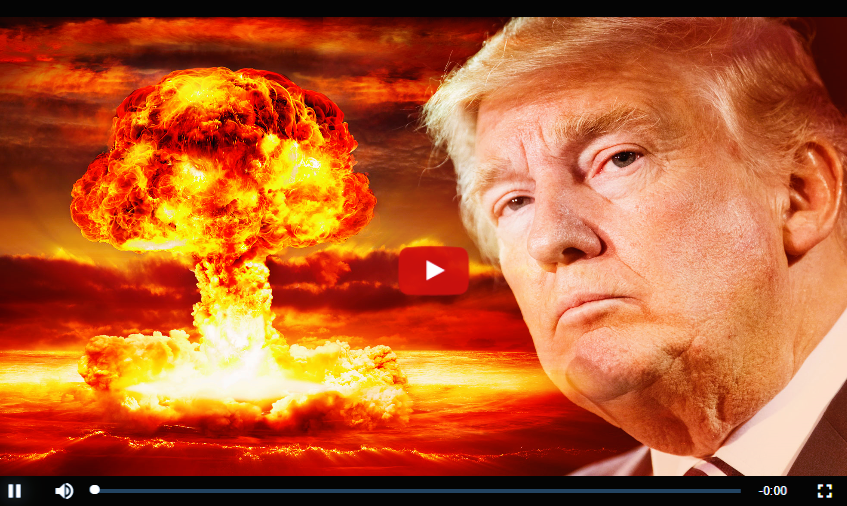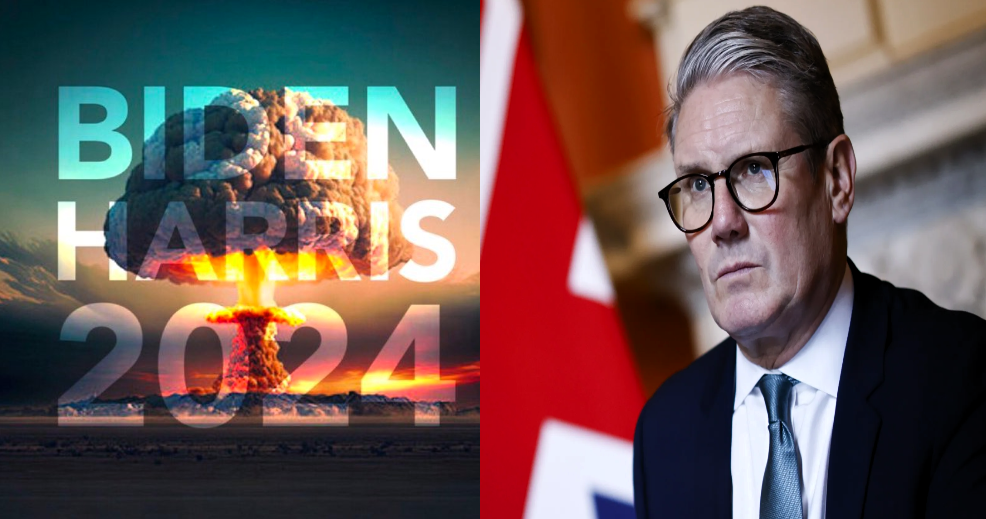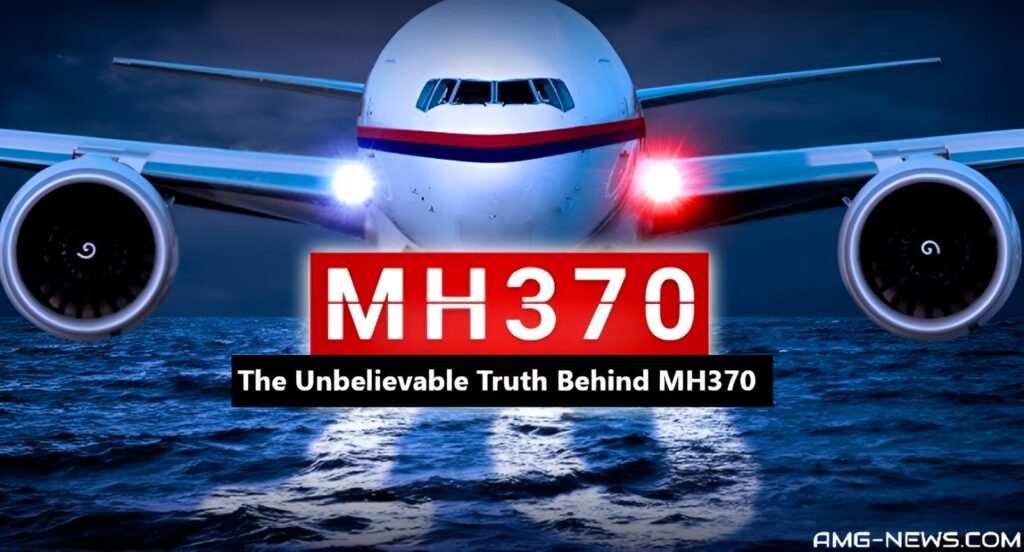By Medeea GreereDecember 4, 20241 Comment7 Mins Read
TwitterFacebookTelegramWhatsAppEmail
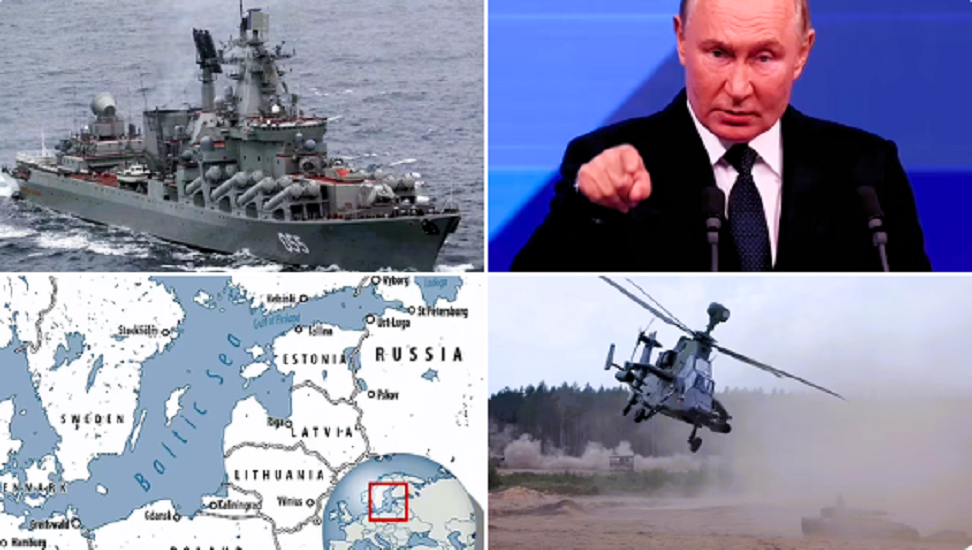
Share
Breaking: Russia Targets German Helicopter in Baltic Sea Showdown—Is World War 3 Imminent?
Ready to uncover the truth? Sick of the lies? Join our Telegram Channel now. It’s time for the real story! Stay informed! My gratitude to all my readers!
Breaking: Russia fires warning shots at a German helicopter over the Baltic Sea, escalating tensions with NATO. Is this the brink of World War 3? Explore the dramatic showdown, Germany’s response, and what this means for global security.
The World Holds Its Breath: Russian Warship Fires on German Helicopter
In a shocking act of aggression, a Russian warship opened fire on a German helicopter over the Baltic Sea. This isn’t just saber-rattling—it’s a blatant provocation, a line crossed, and a move that could drag us all closer to the brink of war.
As NATO scrambles to decipher the Kremlin’s intentions, the world watches in disbelief. What does Russia really want? Why now? And just how close are we to a catastrophic conflict? With tensions simmering for years, this latest act of hostility might be the spark that lights a global firestorm.
A Powder Keg Ignited: What Really Happened Over the Baltic?
The Baltic Sea has always been a tense but manageable theater of geopolitical drama. That balance was obliterated when a Russian warship decided to fire warning shots at a German helicopter conducting routine operations to protect undersea pipelines and critical infrastructure. This wasn’t an accident. This wasn’t a misunderstanding. This was a message, delivered with cold, calculated precision.
Russia’s move screams one thing: provocation. Germany, one of NATO’s key players, wasn’t engaged in military maneuvers or posturing. They were safeguarding pipelines that feed energy into the very heart of Europe. But Putin? He saw an opportunity to flex his muscles and send a clear warning to the West: “We’re not afraid to escalate.”
NATO in Crisis Mode: A Dangerous Game of Provocation
Make no mistake—this wasn’t just a warning shot at Germany. This was a shot across NATO’s bow. Every NATO nation is now on high alert, scrambling to assess just how far Russia is willing to push. And the stakes? They couldn’t be higher.
NATO’s playbook is being rewritten in real time, as the alliance tries to figure out: How do you deal with a bully who knows exactly how far he can push? Putin is daring NATO to make the next move, gambling that the West’s fear of all-out war will keep them in check.

But what happens when NATO runs out of patience? Or when Putin pushes just a little too far? The Baltic Sea is now a boiling cauldron, and one misstep could see it spill over into a conflict that engulfs the world.
Germany’s Response: Weak or Strategic?
Germany’s initial response has been tepid at best. While the Foreign Minister issued a stern condemnation, the Defense Ministry kept its cards close to its chest, opting for a muted approach. Is this restraint a sign of strategic patience, or a glaring weakness that Putin will exploit?
Critics are already calling out Germany for failing to hit back harder. After all, this wasn’t just an attack on German sovereignty—it was a direct challenge to NATO’s credibility. If Germany doesn’t respond decisively, it risks signaling to Russia that further provocations will go unanswered. And if NATO falters, the alliance itself could fracture under the pressure.
But perhaps Germany’s careful response is part of a larger NATO strategy. Playing it cool could be a calculated move to avoid giving Putin the pretext he’s so clearly angling for. Either way, the stakes are astronomical, and the clock is ticking.
Breaking News: The Secret to Male Power Unveiled – Big Pharma’s Worst Nightmare is 100% Natural!
Putin’s Dangerous Game: Testing NATO’s Resolve
This isn’t just a military stunt—it’s a geopolitical masterstroke designed to expose NATO’s vulnerabilities. By targeting a German helicopter, Putin wasn’t just poking the bear; he was testing how far NATO’s collective defense principle can stretch before it snaps.
Does Article 5—the cornerstone of NATO’s security framework—even apply to warning shots? That’s the question Putin wants NATO’s leaders to wrestle with. And as they debate, he’s watching, waiting, and calculating his next move.
This is classic Kremlin strategy: push just enough to provoke, but not enough to invite an overwhelming response. It’s a high-stakes balancing act that has worked for Russia before, and Putin is betting it will work again. The question is, how long can NATO afford to play this game of chicken before someone blinks—or worse, before someone fires back?

The Baltic Sea: From Trade Corridor to Battlefield
The Baltic Sea is no stranger to geopolitical tension, but this latest provocation has transformed it into something far more dangerous. Once a hub of trade and energy transport, it’s now a powder keg that could detonate at any moment.
Germany’s efforts to protect undersea pipelines and data cables aren’t just about national security—they’re about safeguarding Europe’s economic lifeline. These infrastructures are vital, and Russia knows it. That’s why targeting a German helicopter wasn’t just a military maneuver—it was a statement. Moscow is saying, loud and clear, that it’s willing to disrupt Europe’s lifelines to achieve its objectives.
The Baltic is no longer just a sea. It’s a battlefield, a flashpoint, and possibly the opening chapter of a much larger conflict.
ALSO: THE RED PILL: Discover The Secret Used By A Former CIA Scientist To Open Your ‘3rd EYE’
A Precipice: How Close Are We to World War 3?
It’s no longer hyperbolic to ask: Are we on the verge of World War 3? History has shown us that major conflicts often begin with small, seemingly isolated incidents. A single shot fired, a single wrong decision made—these are the moments that change the course of history.
Russia’s aggression in the Baltic is more than a one-off event. It’s a deliberate escalation, a chess move in a much larger game. And with nuclear powers like the U.S., the U.K., and France bound by NATO’s mutual defense pact, the stakes couldn’t be higher. If this spirals out of control, the consequences could be catastrophic on a scale the world hasn’t seen in decades.
The world is watching. Leaders are meeting behind closed doors. And every second that ticks by brings us closer to a decision point that could alter the future of global security.
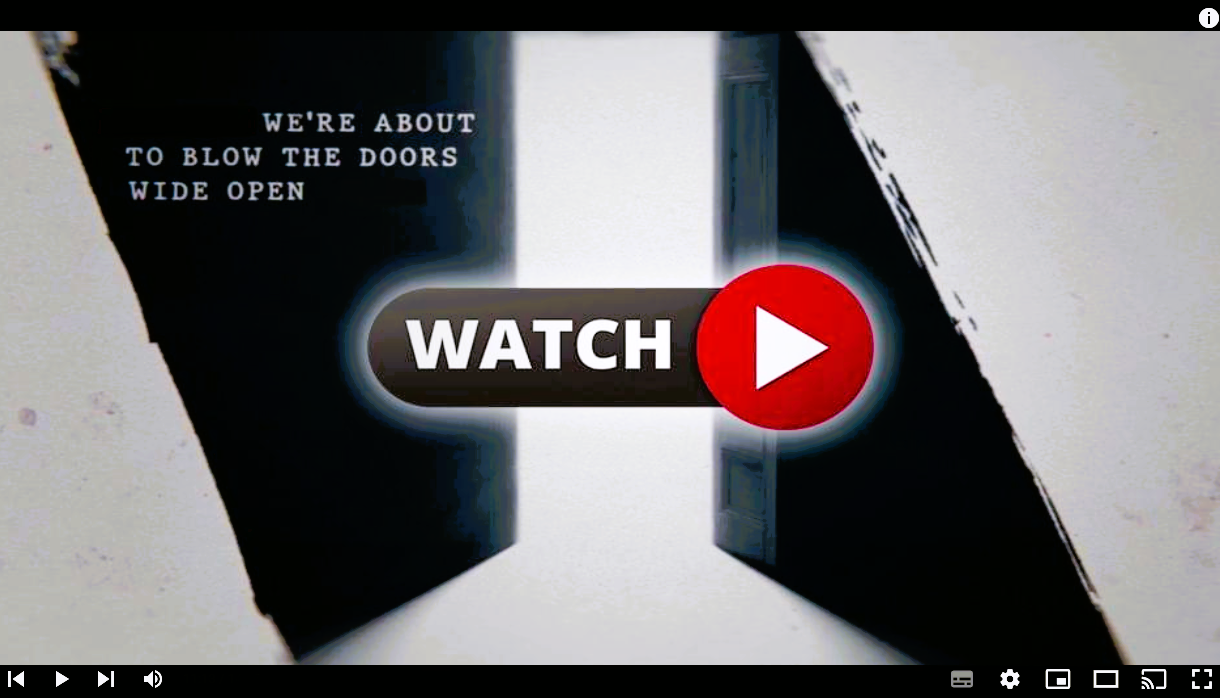
The Way Forward: Unity or Collapse?
What happens next will define the geopolitical landscape for years to come. NATO must make a choice: stand firm and show Russia that its provocations won’t be tolerated, or risk emboldening Putin to push further.
But military action isn’t the only option. Diplomatic channels remain open—though fragile—and must be pursued with the urgency this crisis demands. The world cannot afford to let the Baltic Sea become the epicenter of a global conflict.
Final Thoughts: The Clock Is Ticking
This is no longer about a single helicopter or a single sea. This is about the survival of the international order that has kept global peace—imperfect as it may be—for decades. Russia has thrown down the gauntlet. Now it’s up to NATO and the world to decide: Will we rise to the challenge, or let aggression go unchecked?
The stakes are clear. The lines are drawn. And as the tension in the Baltic reaches a fever pitch, one thing is certain: the world is teetering on the edge of something monumental. Let’s hope cooler heads prevail before it’s too late.
